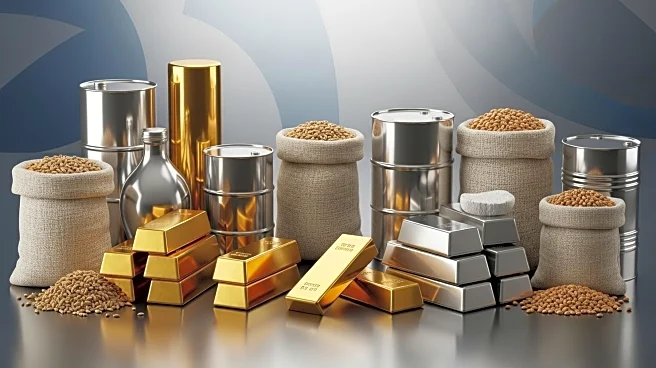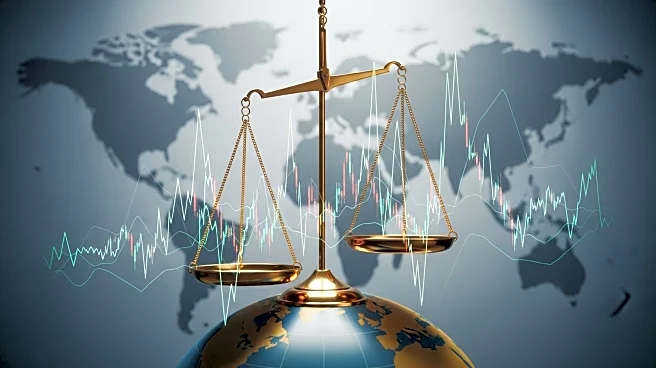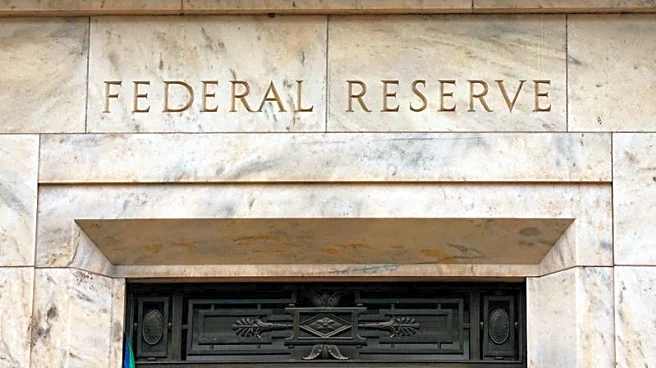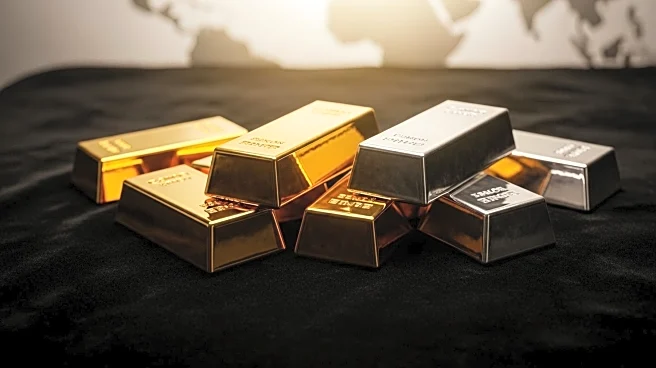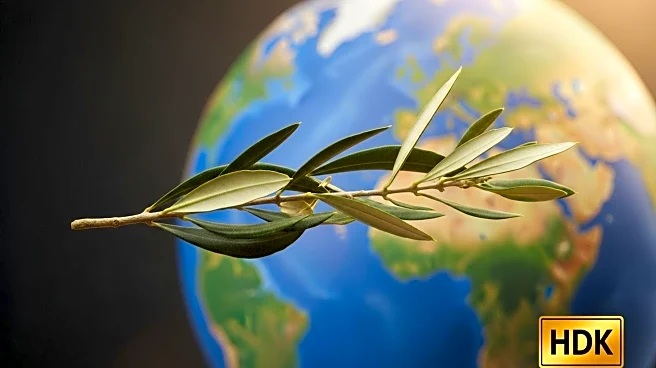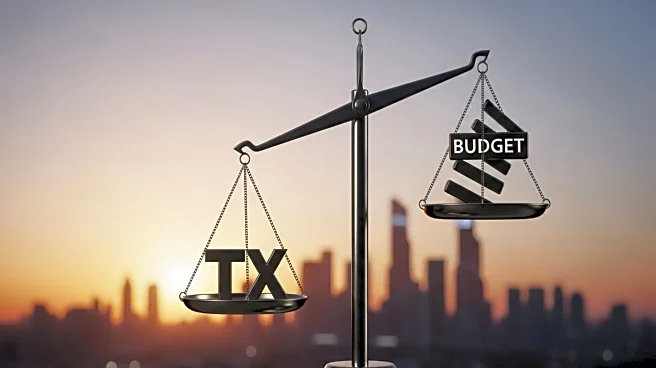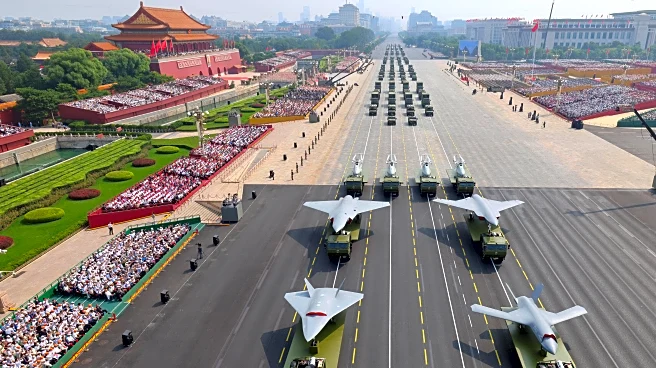What's Happening?
The US Mint is experiencing a significant surge in the demand for precious metals, including gold and silver, as these commodities reach record prices. Gold futures have climbed to approximately $3,800 per ounce, while silver has reached a 14-year high of around $46 per ounce. This increase is driven by inflation expectations and the anticipation of Federal Reserve rate cuts. The Fed's recent actions, including a 25-basis point rate cut, have bolstered gold's appeal as a zero-yield asset. Additionally, geopolitical uncertainties, such as trade wars and the Russia-Ukraine conflict, have enhanced the safe-haven appeal of these metals. Central banks, including China's, have been significant buyers, contributing to the bullish market.
Why It's Important?
The rise in precious metal prices has broad implications for the U.S. economy and global markets. As inflation remains a concern, investors are turning to gold and silver as hedges against economic uncertainty. The Federal Reserve's potential rate cuts could further stimulate this trend, impacting financial markets and investment strategies. The increased demand for silver, driven by its industrial applications in solar panels and electronics, highlights the intersection of economic and environmental factors. Central banks' continued purchasing of gold reflects a strategic shift towards diversifying reserves, potentially affecting currency stability and international trade dynamics.
What's Next?
Looking ahead, the market anticipates further Federal Reserve rate cuts, with an 88% chance of a cut in October and a 65% chance in December. This could sustain the upward momentum in precious metal prices. Analysts predict that gold could reach $4,000 per ounce by 2026, driven by ongoing central bank purchases and geopolitical tensions. The demand for silver is expected to grow, particularly in the renewable energy sector. Investors and policymakers will closely monitor these developments, as they could influence economic policies and investment strategies globally.
Beyond the Headlines
The surge in precious metals also raises questions about the long-term sustainability of current economic policies. The reliance on gold and silver as safe-haven assets underscores the fragility of the global economic system in times of uncertainty. Additionally, the environmental impact of increased mining activities to meet demand poses ethical and ecological challenges. As central banks continue to diversify their reserves, the geopolitical landscape may shift, affecting international relations and economic alliances.

